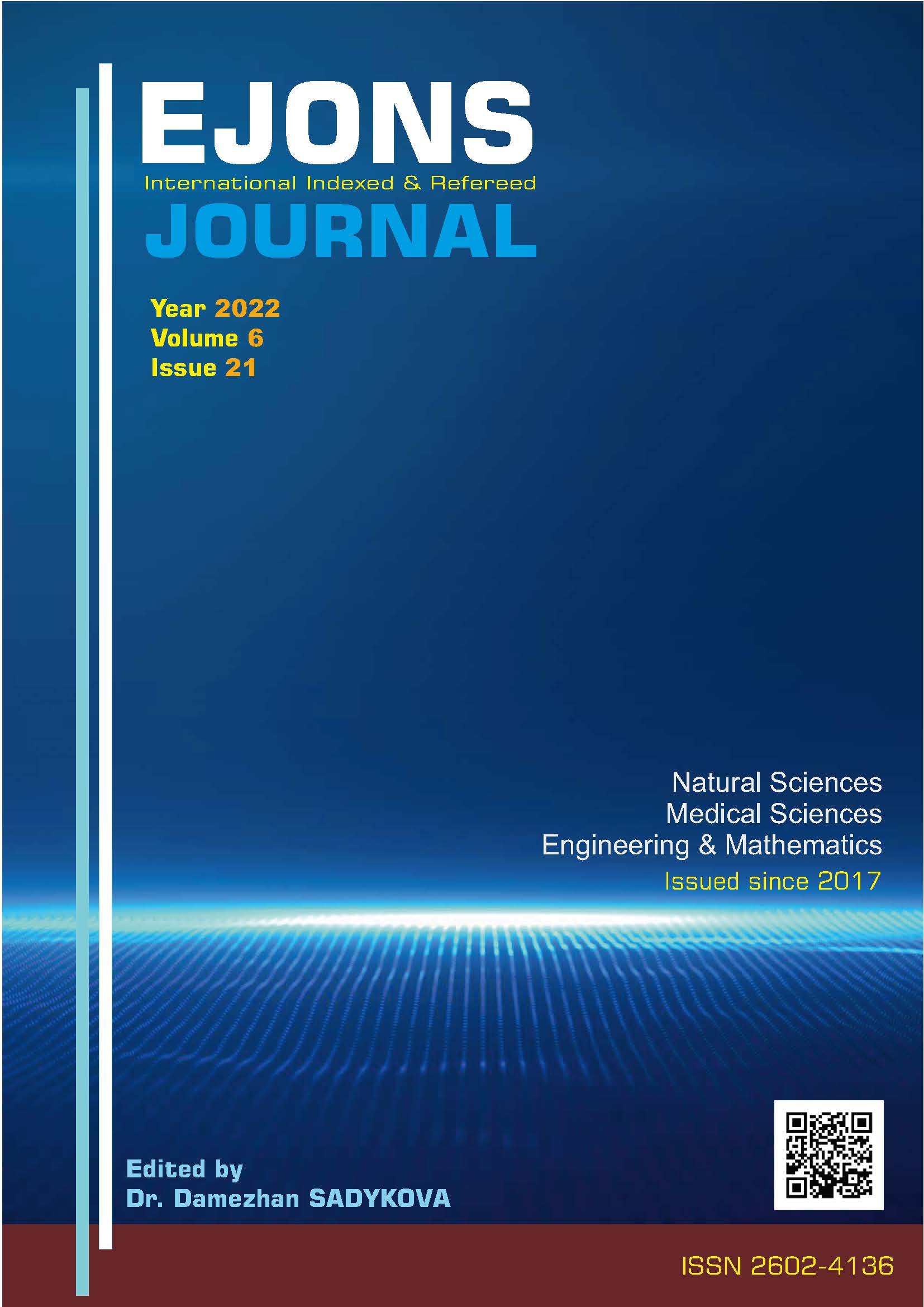A Study on Marine Biodiversity in Bozcaada (Çanakkale, Turkey)
DOI:
https://doi.org/10.38063/ejons.564Keywords:
Biodiversity, Bozcaada, TurkeyAbstract
Bozcaada is one of the unique islands of Turkiye because it has both unique ecosystems and archaeological history. Because of these reasons, much scientific research has been done in recent years. In the study, biodiversity in rocky and sandy habitats between 0-30 meters depth in 14 stations determined around Bozcaada, which is one of the significant islands of Turkey and makes a difference with its unique ecosystem, was investigated. The study was carried out in rocky and sandy habitats between 0-30 meters in 14 stations determined around Bozcaada. Within the scope of the project 39 Pisces (31%), 20 Porifera (24%), 21 Thallophyta (19%), 11 Cnidaria (9%), 6 Mollusca (5%), 4 Echinodermata (4%), 4 Chordata (%) 3), 3 Arthropoda (2%), 2 Tracheophyta (2%) and 1 Bryozoa (1%) species were identified. At the end of the project, it was determined that the biodiversity of the seventh station was more than the other stations (48 species). The biodiversity of fish species is higher than in other groups. Moreover, this was followed by sponges (Porifera) and algae (Thallophyta). According to the Bray-Curtis similarity analysis results (BioDiversity Pro), the highest similarity was found between Stations 3 and 4 in terms of species groups with a rate of 81.93%. As a result of the study, it was determined that even in regions with high biological diversity, it is not very efficient in terms of coastal fishing.
Downloads
Published
How to Cite
Issue
Section
License

This work is licensed under a Creative Commons Attribution-NonCommercial 4.0 International License.


